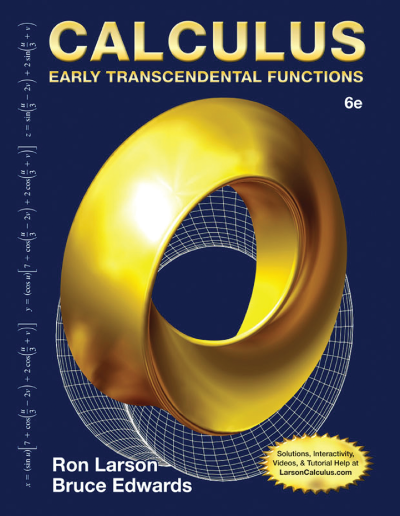Colin Maclaurin
(1698 – 1746)
Colin Maclaurin was born in Kilmodan, Scotland in February 1698. His father, a brilliant man who pastored the parish of Kilmodan, died when Colin was just six weeks old. When his mother died nine years later, Colin was sent to live with his uncle, Daniel Maclaurin, who was also a cleric.
In 1709, when Colin was eleven years old, he entered the University of Glasgow. He had planned to follow his father and uncle in ministry, but his attention soon turned toward mathematics. Maclaurin’s formidable intellect enabled him to easily grasp even the most difficult principles. By the age of fifteen, he had publicly defended his thesis on the power of gravity, and was awarded his master’s degree. Four years later, he was appointed professor of mathematics at Marischal College in Aberdeen.
Maclaurin’s first significant contribution was his Geometrica organica, published in 1720 and endorsed by Isaac Newton. The Geometrica organica supplied proofs for theorems earlier proposed by Newton, and demonstrated Maclaurin’s extraordinary skill as a geometer.
In 1725, Maclaurin was appointed deputy professor at the University of Edinburgh, serving under the eminent mathematician, James Gregory. Newton contributed a portion of Maclaurin’s salary as deputy, and was instrumental in securing Maclaurin’s tenure following Gregory’s death.
Maclaurin and Ann Stewart, the daughter of Scotland’s solicitor general, Walter Stewart, were married in 1733. The following year, George Berkeley, bishop of the Irish diocese of Cloyne, launched an attack that has since been deemed the most significant event in the history of eighteenth-century mathematics.
Bishop Berkeley’s widely disseminated tract, The Analyst, condemned the calculus, then in its infancy, as an affront to Christianity. Berkeley’s theological arguments were flawed; however, there was some truth to his assertion that much of what mathematicians were coming to accept as fact was utterly without substantiation. Virtually every mathematician of the period rose to Berkeley’s challenge, and worked to undergird the calculus with rigor.
Maclaurin’s Treatise on Fluxions, published in 1742, was by far the most successful rebuttal of Berkeley’s charges. Maclaurin constructed a convincing geometrical foundation for one of the bishop’s favorite targets: Newton’s doctrine of fluxions. Maclaurin’s Treatise also included his test for convergence and a lengthy commentary on infinite series.
Despite these contributions to mathematics, Maclaurin’s life was largely uneventful until a Highland army, in opposition to the Scottish king, marched on Edinburgh in 1745. Maclaurin threw himself into the fray, supervising the building of fortifications he devised to protect the city. Despite his efforts, Edinburgh fell to rebel forces and Maclaurin was forced to flee to England in the dead of winter.
Though Edinburgh was soon recaptured and Maclaurin was able to return to his home, his exertions had destroyed his health. He died on January 14, 1746, soon after his arrival in Scotland. He was forty-eight years old.
Links
http://www-history.mcs.st-andrews.ac.uk/Biographies/Maclaurin.html
http://www.maths.tcd.ie/pub/HistMath/People/Maclaurin/RouseBall/RB_Maclaurin.html
References
- Ball, W. W. Rouse. A Short Account of the History of Mathematics. 1908. Reprint. New York: Dover Publications, Inc., 1960.
- Boyer, Carl B. A History of Mathematics. 2d ed., rev. Uta C. Merzbach. New York: John Wiley & Sons, Inc., 1991.
- Burton, David M. The History of Mathematics. 2d ed. Dubuque, IA: Wm. C. Brown Publishers, 1988.
- Eves, Howard. An Introduction to the History of Mathematics. 6th ed. Fort Worth: Saunders College Publishing, 1992.
- Gillispie, Charles Coulston, ed. Dictionary of Scientific Biography. Vol. VIII. New York: Charles Scribner’s Sons, 1973.
- Hooper, Alfred. Makers of Mathematics. New York: Random House, Inc., 1948.
- Struik, Dirk J. A Concise History of Mathematics. New York: Dover Publications, Inc., 1987.











